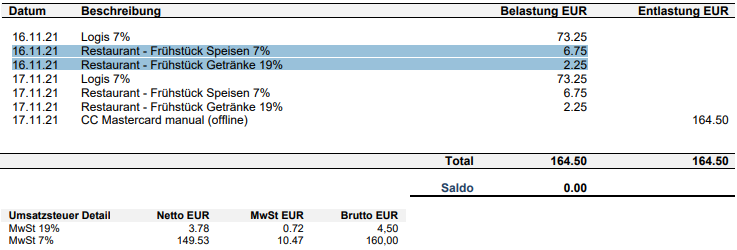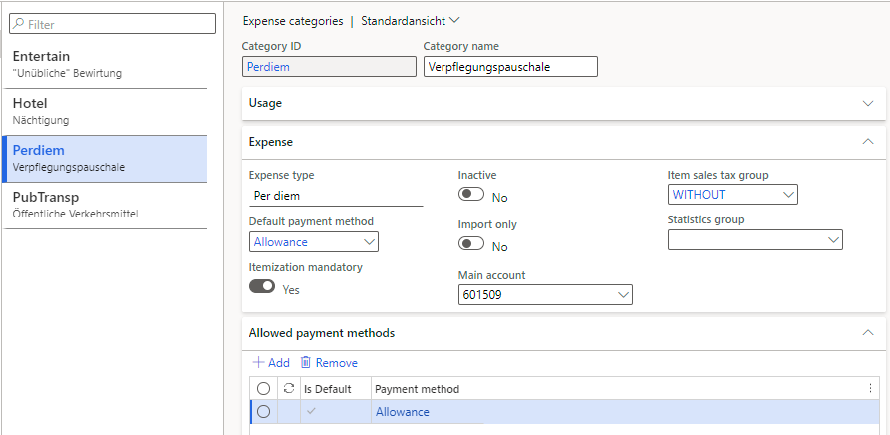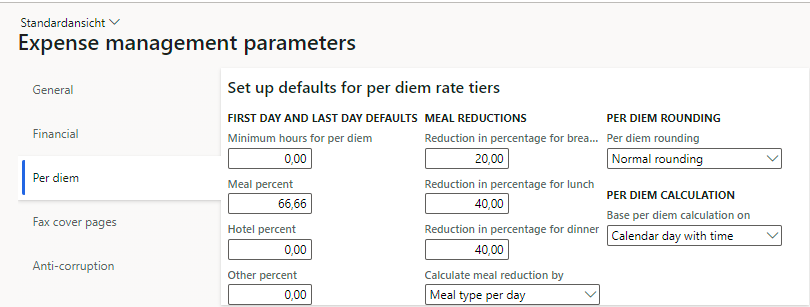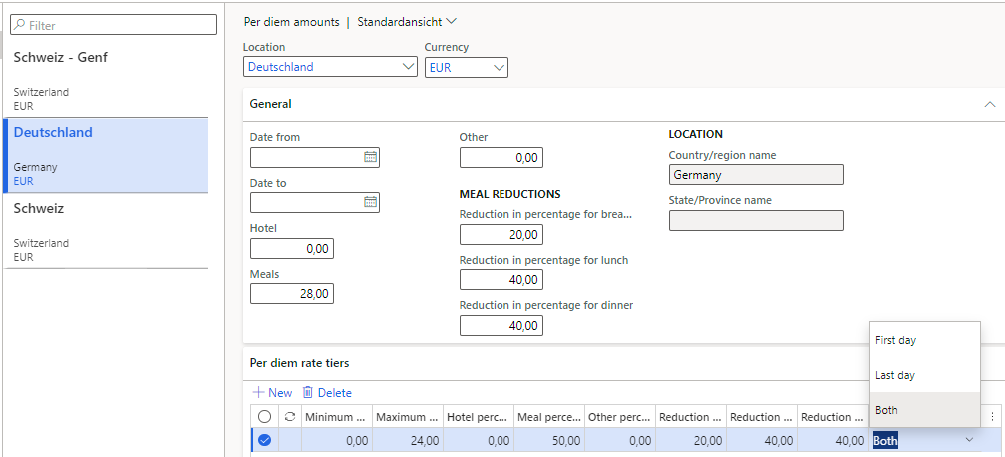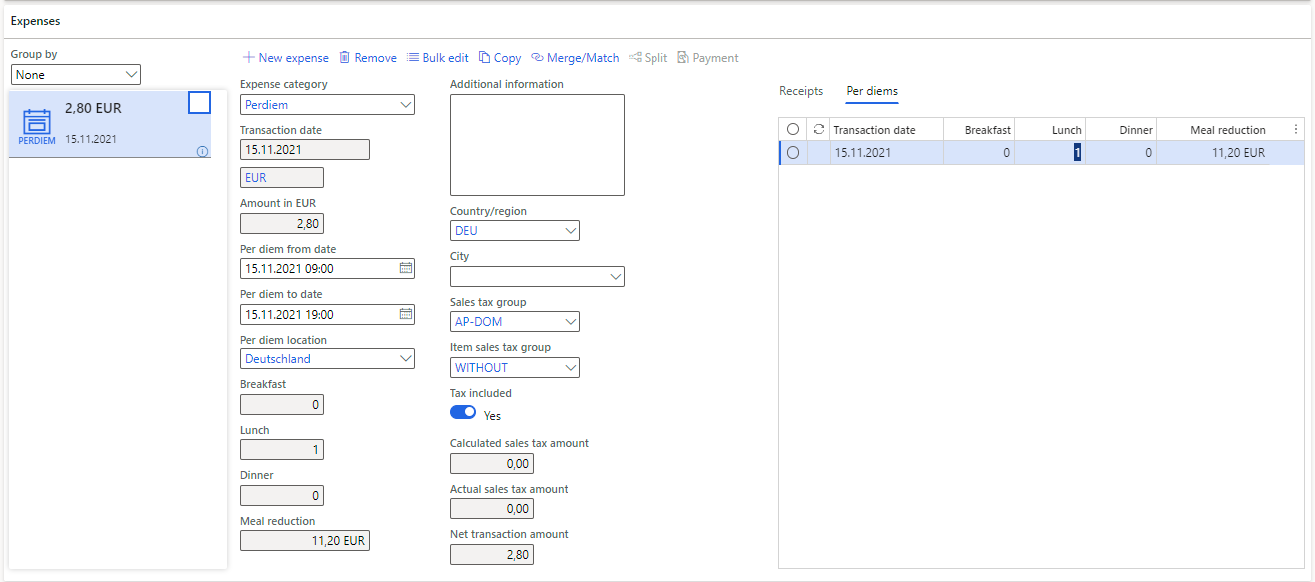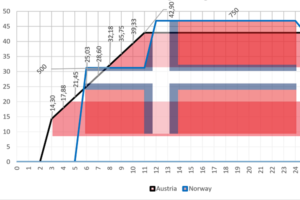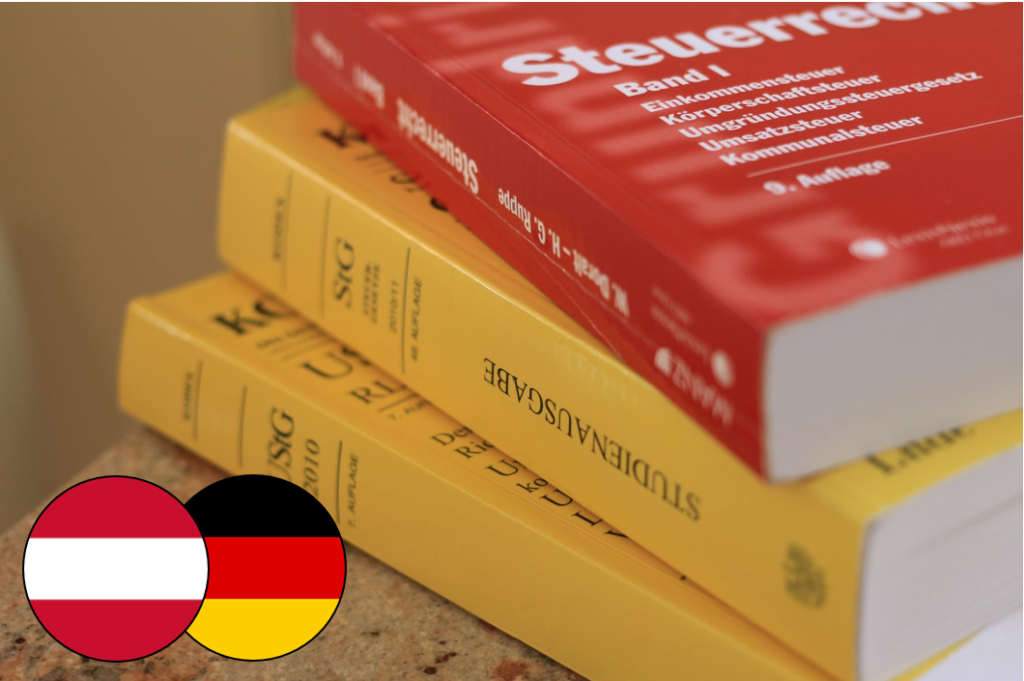
Anzahlungsrechnungen, Teil- und Schlussrechnungen bei Fixpreisprojekten in D365
Anzahlungsrechnungen, Teil- und Schlussrechnungen bei Fixpreisprojekten in D365
Anzahlungsrechnungen, Teil- und Schlussrechnungen bei Fixpreisprojekten in D365
Abstrakt
Ingenieur- und Bauprojekte werden meist zum Festpreis angeboten und erfordern fast immer eine Anzahlung vom Auftraggeber. In Dynamics 365 for Finance wird dafür ein Festpreisprojekt eingesetzt. Zahlungen werden mit Akontobuchungen abgebildet, auch „Zahlungsmeilensteine“ genannt. Nach österreichischem, deutschem Steuerrecht wird dabei unterschieden zwischen:
- Anzahlungs– oder Vorauszahlungsrechnungen: Sie werden vom Bauträger mit einer Verpflichtung zur Erbringung einer künftigen Leistung verrechnet. Mit Eingang der Zahlung auf dem Bankkonto liegen keine Einkünfte im Sinne der Körperschaftsteuer vor, es entsteht jedoch die Umsatzsteuerpflicht (IST-Besteuerung). Eine in Rechnung gestellte Anzahlung wird oft im Konto „Verrechnete Anzahlungen“ verbucht und wird dann nach dem Zahlungseingang zu „Erhaltenen Anzahlungen“..
- Teil– und Schlussrechnungen: sie werden nach Lieferung von Waren und Materialien und/oder Erbringung der Dienstleistungen ausgestellt und sind umsatzsteuerpflichtig „nach Rechnungserhalt“. Im Bauwesen ist dies sogar eine andere Art der Umsatzsteuer: Reverse Charge. Es wird auch ein Umsatz generiert und (zumindest in Deutschland und Österreich) der Gewinn anerkannt. Von den Teil- und Schlussrechnungen werden die bisher geleisteten Anzahlungen abgezogen.
Unsere Buchhalter möchten die Rechnungsvorauszahlungen in der Bilanz (Passivposten) und die Teil- oder Schlussrechnung in der G&V (Umsatz) buchen. Bei einem Projekt Nach Aufwand ist das trivial: Die Einnahmen ergeben sich aus verrechneten Stunden, Spesen, Materialien, während die Anzahlungen – und nur die Anzahlungen– mit Akonto-Buchungen vom Typ „Vorauszahlungsbeleg“ und „Abzug“ abgebildet sind.
Bei einem Fixpreisprojekt gibt es im Standard Dynamics 365 dagegen keinen Unterschied zwischen Anzahlungen, Teil- und Schlussrechnungen: alles ist ein Meilenstein in einer bestimmten Höhe. Um die Meilensteine auf verschiedene Konten umzuleiten, werden oft Unterprojekte eröffnet. Wir glauben, dass es eine viel bessere und einfachere Lösung gibt: den Meilenstein „Anzahlung“ mit einer speziellen Mehrwertsteuergruppe zu markieren. Dies ist besonders praktisch bei großen Beträgen und langen Zahlungszielen, bei denen wir auch die IST-Besteuerung wählen und die „französische“ Mehrwertsteuer nach vereinnahmten Geldern aktivieren.
Mehr dazu in der englischen Sprache:
Advance payment invoices in Fixed fee projects in D365, D-A-CH style



